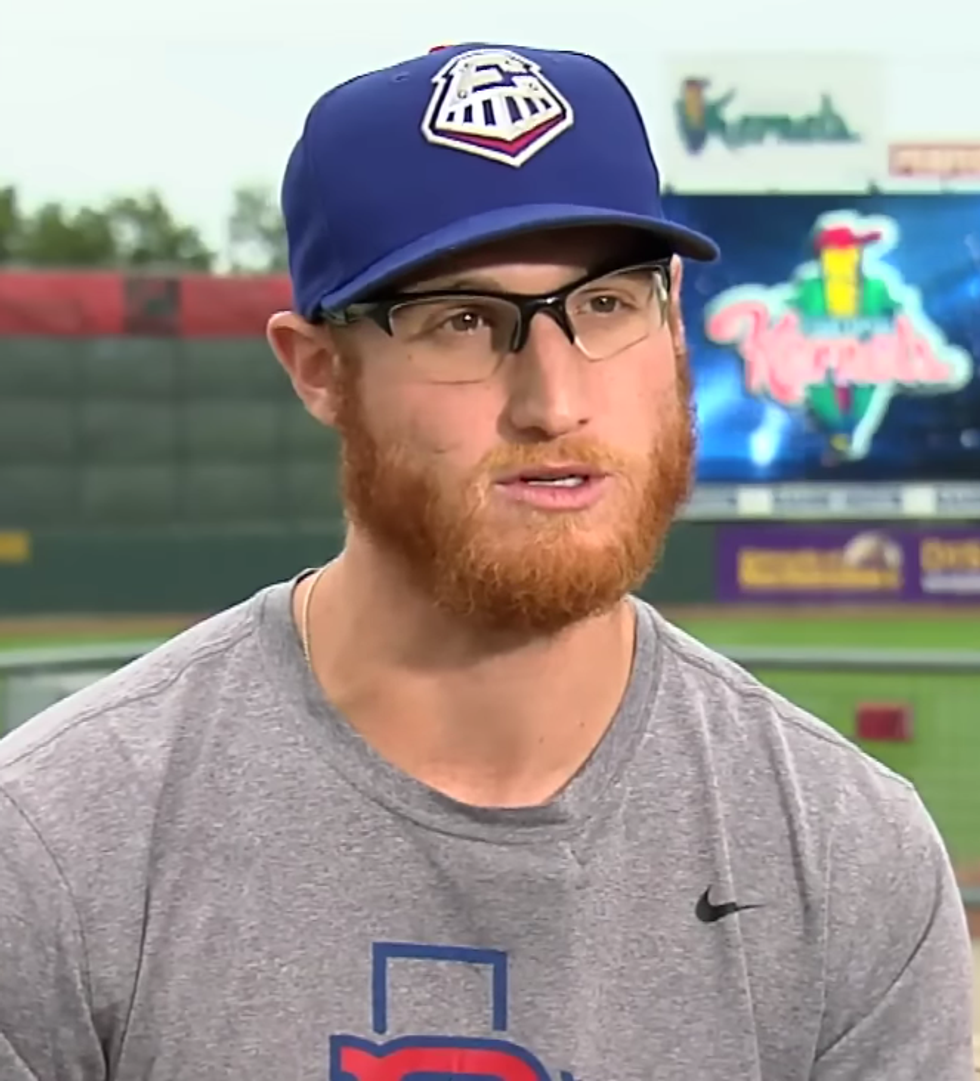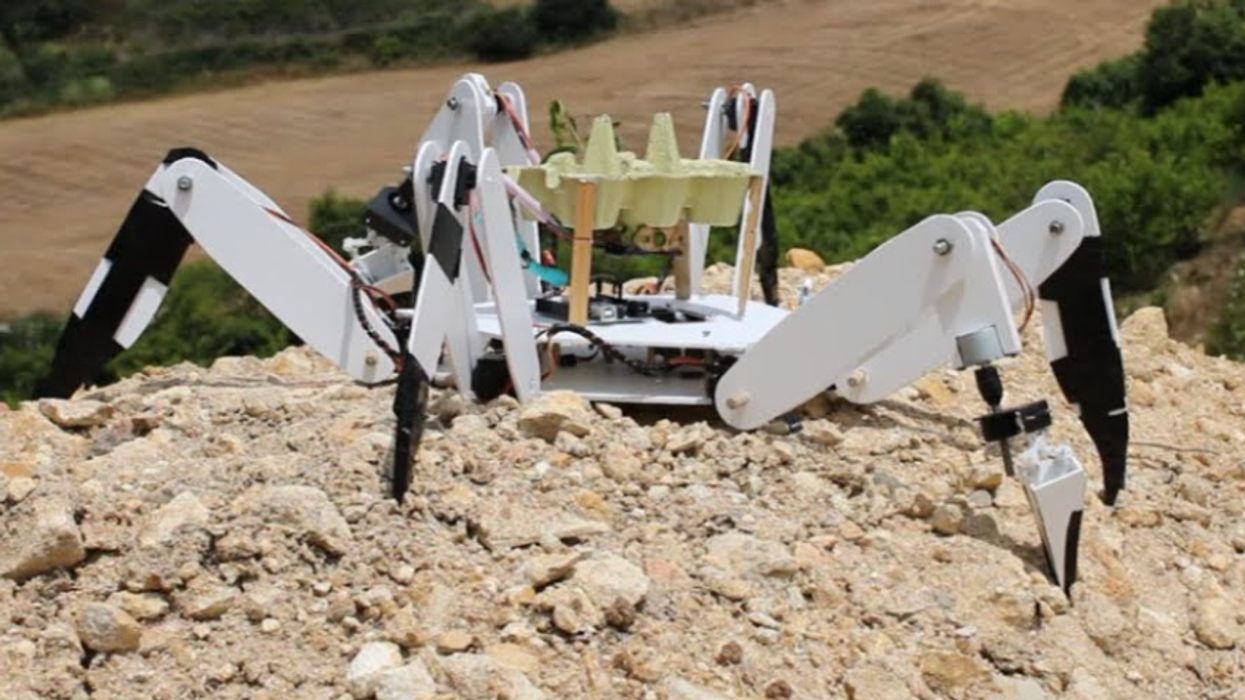On July 18, 1969, Commander Neil Armstrong donned his spacesuit and moved through the docking tunnel from Columbia to Apollo 11’s Eagle spacecraft. The mission: to land on the Moon and perform a moonwalk. The team succeeded, making Armstrong the first man to step on the Moon. Years later, after Armstrong's death in 2012, his widow Carol found strange objects in his closet. She contacted the Smithsonian’s National Air and Space Museum curators, who traveled to Cincinnati to examine Armstrong’s bag.

Armstrong’s family had already decided to donate his correspondence and paper files to his alma mater, Purdue University, Indiana. So the museum curators were sifting through the remaining stuff, analyzing whether it was suited for a possible donation. Upon examining the items, they left the house and returned to Washington, D.C.
A few weeks later, Carol reached out to them once again. She said she had discovered “a white cloth bag filled with assorted small items that looked like they may have come from a spacecraft” from her husband’s closet. She also snapped a photograph of the items inside the bag by laying them on a carpet. The photograph intrigued the museum’s staff. They visited her house to investigate the objects.

They found that the bag in which the objects were stored was a temporary stowage bag from the Apollo 11 mission. Ideally, this bag consists of unnecessary items that astronauts are meant to stow away on the Moon before landing. But why Armstrong returned with these mementos, no one has any idea. "This is not uncommon. Many other astronauts had personal collections of souvenirs," Allan Needell, Apollo curator at the National Air and Space Museum, told ABC News.

Known as a McDivitt Purse, the bag was initially stored in the Lunar Module and contained about 17 Apollo-related items, including utility lights with power cables, a waist tether, and netting. The museum then collaborated with experts from the Apollo Lunar Surface Journal (ALSJ) to proceed further.

The team worked for a year documenting and investigating the significance of each item in the bag. They confirmed that a few of those came from Armstrong’s Apollo 11 mission. “Most of the artifacts Carol Armstrong had made available to the museum prior to her closet find, weren’t any actual flown artifacts, but were still exciting,” Needell told CNN. Carol’s donating the bag to the museum to help determine the significance of the items was an immense honor and challenge, Needell said.

Needell added that Armstrong’s space artifacts “tell a number of stories,” the technical story that has been so carefully documented and the human story of those who were involved. “It was a most satisfying discovery process,” he said. Several of the items, including the camera and waist tether, are currently on display in a new gallery.



















 A road near equatorial Atlantic OceanCanva
A road near equatorial Atlantic OceanCanva Waves crash against rocksCanva
Waves crash against rocksCanva
 Image artifacts (diffraction spikes and vertical streaks) appearing in a CCD image of a major solar flare due to the excess incident radiation
Image artifacts (diffraction spikes and vertical streaks) appearing in a CCD image of a major solar flare due to the excess incident radiation
 Brady Feigl in February 2019.
Brady Feigl in February 2019.
 Yonaguni Monument, as seen from the south of the formation.
Yonaguni Monument, as seen from the south of the formation. 

